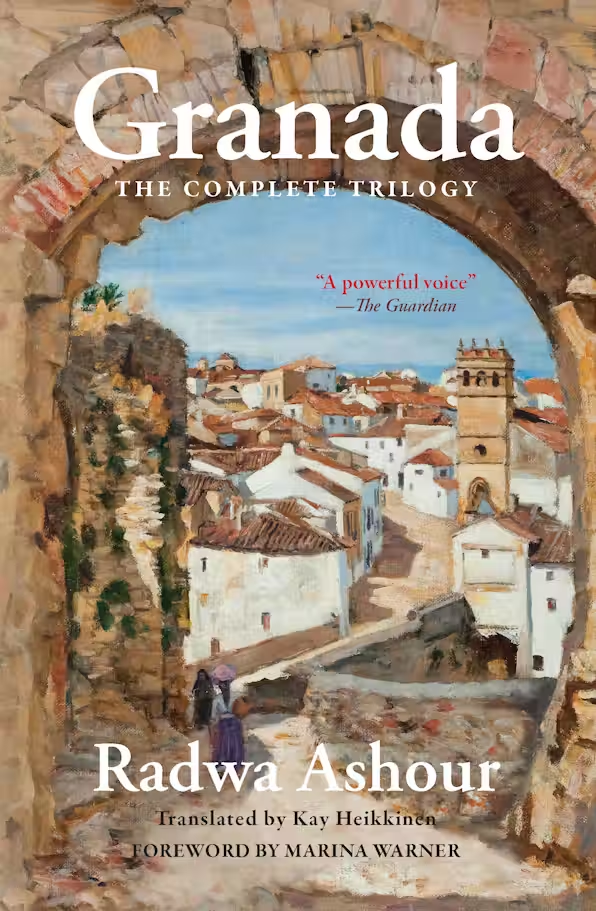
That day Abu Jaafar saw a naked woman coming down the street, as if she were heading straight for him. As she came closer, he saw that she was neither a wanton nor a drunkard. She was an extremely beautiful young woman with a lithe figure, her breasts like vessels of ivory, her black hair loose and flowing over her shoulders, her large eyes widened by sadness, and her face very pale.
The street was deserted and the shops were still closed, the violet dawn not yet overcome by the light of day, so it seemed to Abu Jaafar that what he saw was an imaginary vision. He stared to make sure, then he overcame his astonishment and went up to the woman, taking off his woolen cloak and wrapping it around her body. He asked her about her name and her home, but she didn’t seem to hear him or see him. He let her go on her way, watching her unhurried steps and the movement of two delicate gold chains around her ankles, mud-stained from the path her bare feet trod.
The cold was biting and the wind whistled as it whipped through the walnut trees planted on either side of the road, but Abu Jaafar remained standing at the door of his shop until the sun sent faint yellow rays to delineate the features of the street.
In the shop he exchanged a few words with Naeem, then he went to a corner where he sat in silence. The master’s gloom was not lost on the boy, so instead of making his usual noise he kept his movements timid and controlled. He set about his work, torn between a desire to do it perfectly, to please his master, and a concern for him that distracted Naeem and made him look up stealthily every now and then.
“What’s your name, boy?”
The man had been tall and imposing, looking no different from grownups who frightened him—no sooner would one of them stop him than he would leap away, like a timid wild rabbit. But he raised his eyes slowly to the tall body and then the man’s eyes, which were blue and gentle. He did not run, but stammered, “Naeem.”
“Where’s your family, Naeem?”
“They left, or died . . . I don’t know.”
Abu Jaafar had reached out and taken the child’s hand in his large palm. Naeem walked with him, lengthening his steps as much as he could to keep up.
Abu Jaafar had fed him, sheltered him, and taught him the secrets of the craft—how to tan goat hide, to dye it, and to prepare it, how to order the pages of the manuscript and glue on the cover. He allowed him to perform every task except two, which he preferred to undertake himself, asking Naeem to watch him so he would learn. One of these was threading the awl and passing it slowly and precisely through the heel of the manuscript, once, twice, thrice, and a fourth time also, back and forth, so the stitching would be strong. Then he would allow him to glue the heel into the cover and put the book in the press. When he took the book out of the press days later, Abu Jaafar wrote the title of the book, the name of the author, and the name of the owner, in gold ink or in some other color, as requested, and then he added decorations to the cover.
Naeem had burned for his master to allow him to do that and had insisted, so Abu Jaafar had smiled and handed him a piece of paper. “Take this and write the Fatiha from the beginning of the Quran.” The boy had felt as if he had fallen into his own trap, because his handwriting was crooked, rising and falling like a mountain path.
“Are you sick, Abu Jaafar?”
Abu Jaafar neither answered nor looked at him, remaining with his head lowered and his eyes wandering aimlessly. As the day ended, the specter of the girl was still before his eyes. He was disturbed and sad, but not possessed by a premonition until the following day, when he heard about the meeting in the Alhambra and rumors circulated that Musa ibn Abi al-Ghassan had drowned in the Genil River. Was the naked girl a true sign, like visions and prophecies?
His foreboding steadied and took root in his heart a few days later, when Naeem told him about a woman whose nude body was found floating on the surface of the river. He asked, “In the Darro or the Genil?”
“In the Genil.”
“Then there’s no escape!”
Naeem looked at him inquiringly, but Abu Jaafar remained silent, not explaining anything he had said. The eddies of the river had swallowed up what hope remained, the community had been scattered, and the people had been orphaned.
For three nights Granada did not sleep, nor did Albaicín. People talked ceaselessly, not about the treaty but about the disappearance of Musa ibn Abi al-Ghassan. The news absorbed them, spreading from the Genil River to Aynadamar, from the Najd Gate to the cemetery of Sahl ibn Malik. It traveled through the streets, the lanes, and the gardens, carried by the waters of the Genil from the ends of the city until it entered the Darro. It moved to its western bank, and from there to the Sabika Hill, to the Alhambra and the Generalife, and to its eastern bank, and from there to the old Alcazaba and to Albaicín. It passed over walls, gates, towers, and the bordering vines to reach the Sierra Nevada on one side and the Alfacar Mountains on the other.
Some said that Ibn Abi al-Ghassan came out of the meeting in the Alhambra having decided to fight the Castilians, and that he fought multitudes of them alone. When they wounded him and were about to take him, he threw himself into the river.
Others said no, Muhammad the Younger killed him so he could act as he pleased without disagreement or opposition. The ill-fated Chiquito delivered up the country and sold it, and he would not have been able to do that as long as Ibn Abi al-Ghassan stood in his way.
A third group maintained that he had neither downed himself nor been killed, but rather had gone up into the mountains to train men and prepare.
A fourth faction said that, drowned or not, it makes no difference, this isn’t his time or ours. Let us take what belongings we can and leave, for God’s land is vast—or let us remain, turning our affairs over to God and the new masters, and live.
***
Order Granada here: AUC Press
Excerpted from Granada: The Complete Trilogy by Radwa Ashour, translated by Kay Heikkinen and used by permission of the publisher Hoopoe, an imprint of the American University in Cairo Press, published in November 2024.


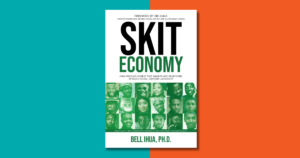
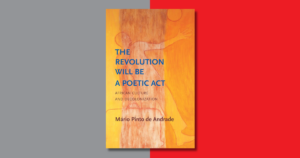
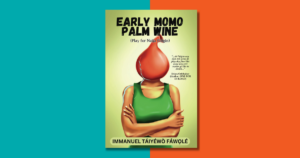
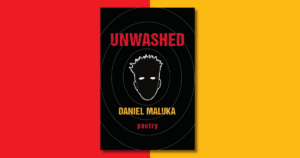
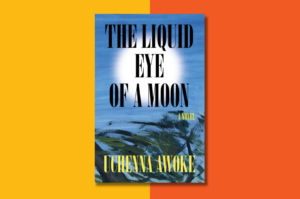
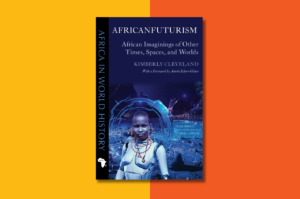

COMMENTS -
Reader Interactions